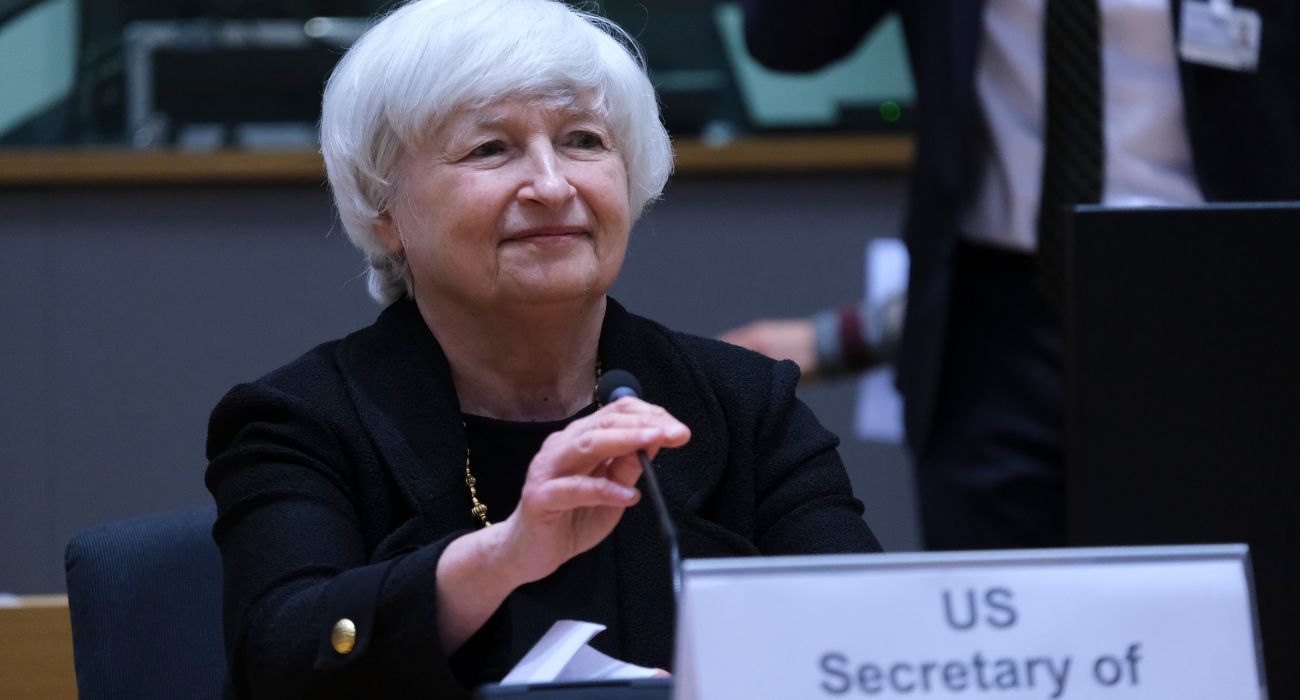Inflation is beginning to stabilize after a slight drop in February, but the recent bank collapses are making the Federal Reserve’s expected increases less predictable.
After surveying economists, The Wall Street Journal estimated that the consumer-price index dropped to a 6% increase year-over-year in February.
“The Fed still has more work to do” to bring inflation down to its 2% target, Michael Gapen, Bank of America’s chief U.S. economist, told the WSJ.
“If the Fed is successful at corralling the recent market volatility and ringfencing the traditional banking sector, then it should be able to continue its gradual pace of rate hikes until monetary policy is sufficiently restrictive,” Gapen said, per the WSJ.
The Fed has raised interest rates several times over the past year to combat inflation. Still, it has led to some unintended consequences, contributing to the failure of Signature Bank and Silicon Valley Bank.
The Federal Reserve has the difficult task of navigating a Catch-22 situation.
“On the one hand, they are going to have to raise rates; That’s the only tool they have at their disposal,” said Subadra Rajappa, head of U.S. rates strategy at Societe Generale, according to the New York Times.
But on the other hand, “it’s going to expose the frailty of the system,” he said.
Before the major banks’ demise, the economy had strength at the start of 2023, with spending at retail and restaurants increasing in January at the fastest rate in two years, according to the WSJ.
The February jobs report also showed companies added 311,000 jobs last month, but it indicated slowing growth, down from the 500,000 jobs added in January, according to USA Today.
Fed Chair Jerome Powell said last week that the February jobs report and the latest inflation data would set the Federal Reserve’s course in the coming months, according to USA Today.
“The latest economic data have come in stronger than expected, which suggests that the ultimate level of interest rates is likely to be higher than previously anticipated,” Powell said before Capitol Hill.
Despite the job growth, wage growth has slowed. While there are more job openings than workers seeking employment, the number of openings fell in January, according to the Labor Department, the WSJ reported.
Fed Chair Jerome Powell had told Congress last week that he would likely raise interest rates higher than expected during its March 21-22 meeting, according to USA Today.
“The pace of job growth is surely still too rapid for the Fed’s liking and won’t stand in the way of the Fed continuing to push interest rates higher,” Ryan Sweet, chief U.S. economist of Oxford Economics, said in a note to clients, per USA Today.
“The government had to move quickly to stave off wider financial contagion. One of the largest exposures associated with this failure were the over $115 billion of uninsured depositors, those in excess of the FDIC limit. To contain the risk of broader bank runs, the government stepped up to also make this group whole.
“In the short run this depositor bailout was needed to halt the bank run but in doing so it also took away depositor accountability for the risky banks they choose for business. Going forward, it appears that banks will pay larger FDIC fees as a direct result of Silicon Valley Bank’s colossal failure,” Mark T. Williams, Master Lecturer at Boston University told The Dallas Express.
“It’s a really tough call. Clearly, making the uninsured depositors whole will help stem the panic; but it’s going to contribute to the ‘too big to fail’ perception, which is worrisome.
“Another interesting thing the Fed is doing is lending against the face value of the bank’s long-term bonds, rather than their market value (lower because of rising yields). Pretty generous,” Ken Kuttner, Professor of Economics at Williams College, told The Dallas Express.






